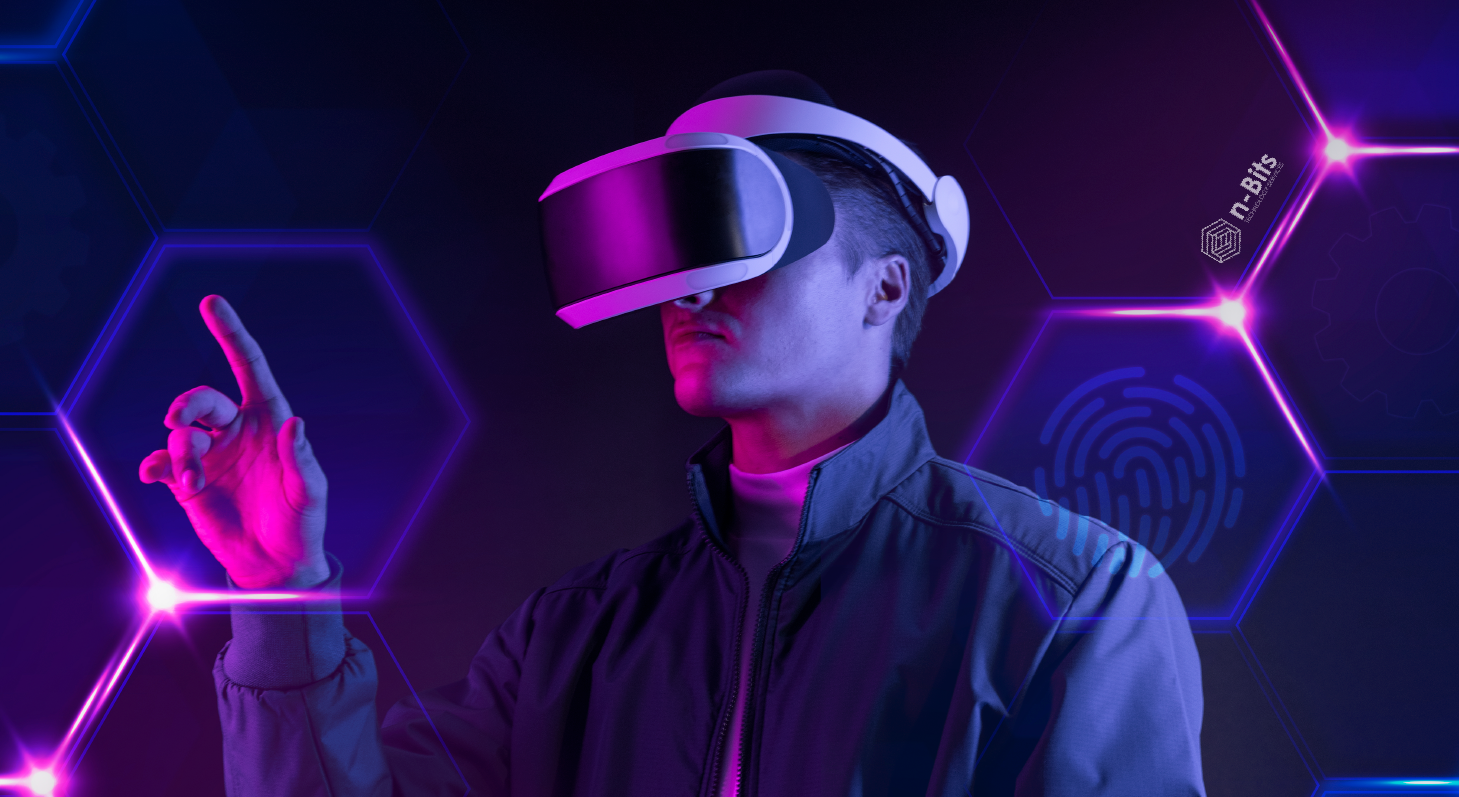“Necessity is the mother of all invention.” – Albert Einstein.
Innovation in technology is effect of human necessity. We encounter problem; therefore, we look for solutions. Every technological framework goes through iterative moderation based on constant and ever-changing human need. From the discovery of fire to making human multiplanetary species, we have only gained better understanding about how it can make our life easy and safe. Today we are living in a world which is cohesively connected through technology than ever. Within a fraction of second we can upload or share an information across the globe. It’s not just a remarkable breakthrough human achieved but also became part of a collective consciousness that exists in tangible form. Using technology to build a business or solve social problems has introduced the most scalable solutions which can impact business across the world. Technologies like clean energy, robotics, quantum computing, synthetic biology, telemedicine, AI, or cloud education and NUI software have answers for the biggest problem mankind confronting. Adding value means coming up with something people will pay for in the real world. Virtual technologies can open up a window of possibilities, given their widespread application. Starting small but thinking big…that is the key to using modern technology to solve the biggest problems in modern-day existence.
Can technology solve our problems? Is it a stepping stone towards a more civilized world? Just how far-reaching can “tech for the greater good” be? Let’s explore some of the arears where technology is already in use to solve problems in the real world.
Google search engine and future:
Before the emergence of the internet in the 80s and successive expansion in the 90s, we didn’t know the level of global connectivity we’d now experience because of its invention.
our best source for information was the local library – and now we’re seeing it slowly going away as they’ve become redundant due to the information we now have quite literally at our fingertips.
In about last 18 years, google has already become an integral part of our life. Most of us have already accepted it as a “verb”. It’s a very common thing to hear these days – “lets google it”. We can’t even think of any other search engine than google with such enormous database. While other search engines are available, most people use Google as their go-to. Here are some ways in which the company has changed the way we interact with the world and each other.
But why is google doing it?
Everything Google does these days is aimed at benefiting their users and delivering the best result possible to them. It sounds noble but the ultimate goal is to keep people coming back so they can serve us more ads. That is where they make the bulk of their profits, even today. And with so much money riding on search, things have to constantly improve.
Google has developed their own AI which is constantly learning and tweaking as it goes along. Not even Google knows why it will move one result above another in some cases. It is out there on its own helping us get better results.
Information on the go – Let it be PC, laptop, mobile phone or tablet, we can now switch on and search for anything we need and get myriad results within seconds.
Shared thinking – Google is slowly replacing human thinking by suggesting reference based on our search algorithm. We now rely on Google to do our thinking for us. If we’re not sure of the answer to something, we simply look online.
Google docs has allowed us to collaborate online, in real time. We can upload, amend and edit work and instantly share the changes with our colleagues, making us more efficient and reducing admin.
It has changed the way we access and assimilate news, pushing print production down and giving us the opportunity to comment on the real issues of the world as soon as a story break.
Uber and future mobility:
When it comes to moving people and making deliveries, few companies are as popular as Uber. When it comes to moving people and making deliveries, few companies are as popular as Uber and the only way Uber does it by collecting a great deal of data, processing and analysing behind the scenes — all working to create a more efficient transportation company.
How Uber Works
Getting a ride from an Uber driver is itself an ease of user experience. simply open the app, set the pickup location, request a car, get picked up and pay with the tap of a button. But there’s a great deal of data processing takes place to make it all of this happen in smooth fashion. According to Uber’s own data intelligence blog, data visualization specialists range from computer graphics professionals to information design. They handle everything from mapping and framework developments to data that the public (such as drivers) sees. And a lot of these data processing and visualizations have never been done before, which has created a need for tools to be developed in-house.
Technology innovation can take many forms — for instance innovation in software development to implement an algorithm that can solve human problem; or new hardware components (sensors, processors, components); or improved user interfaces offering seamless experiences; it can also happen at a higher level, in the form of new processes, business models, monetization engines, and so on.
2,517 views
